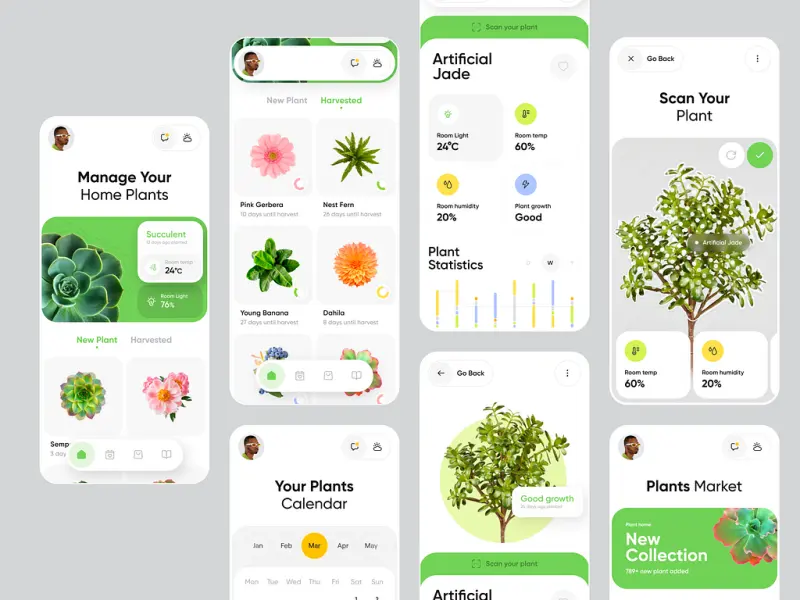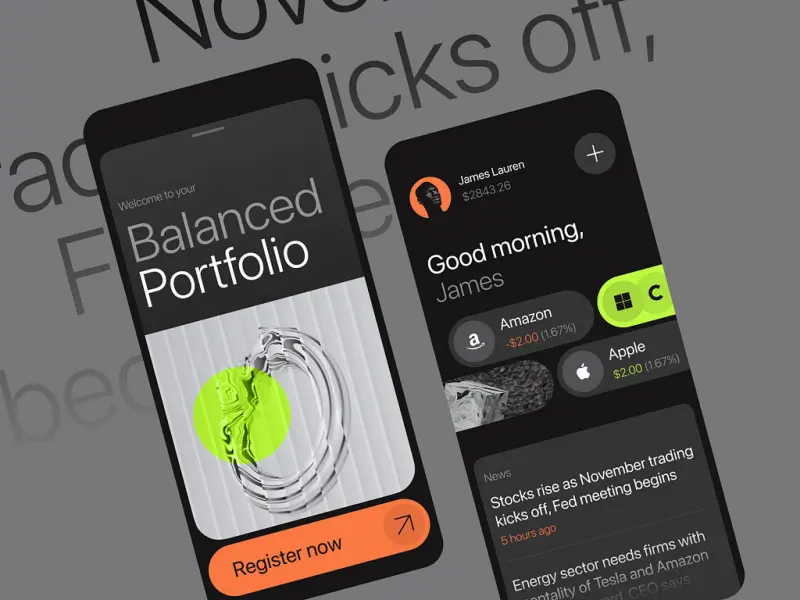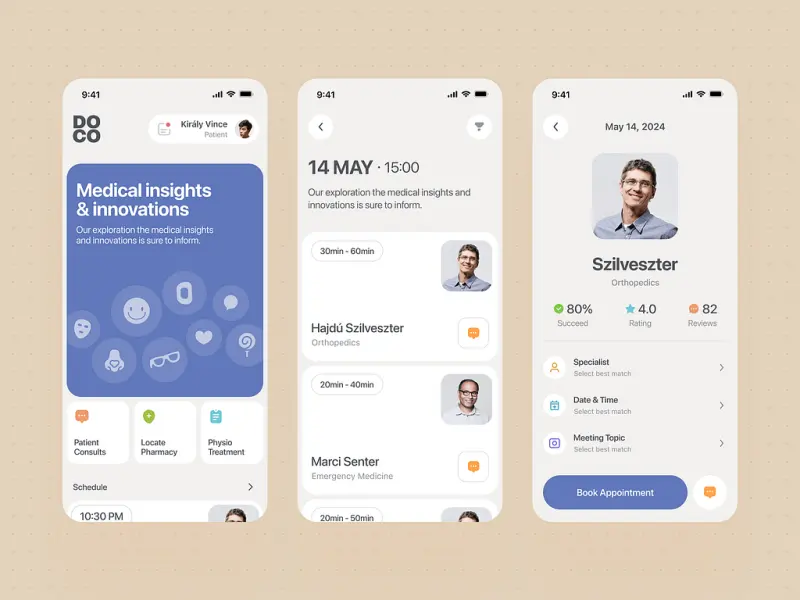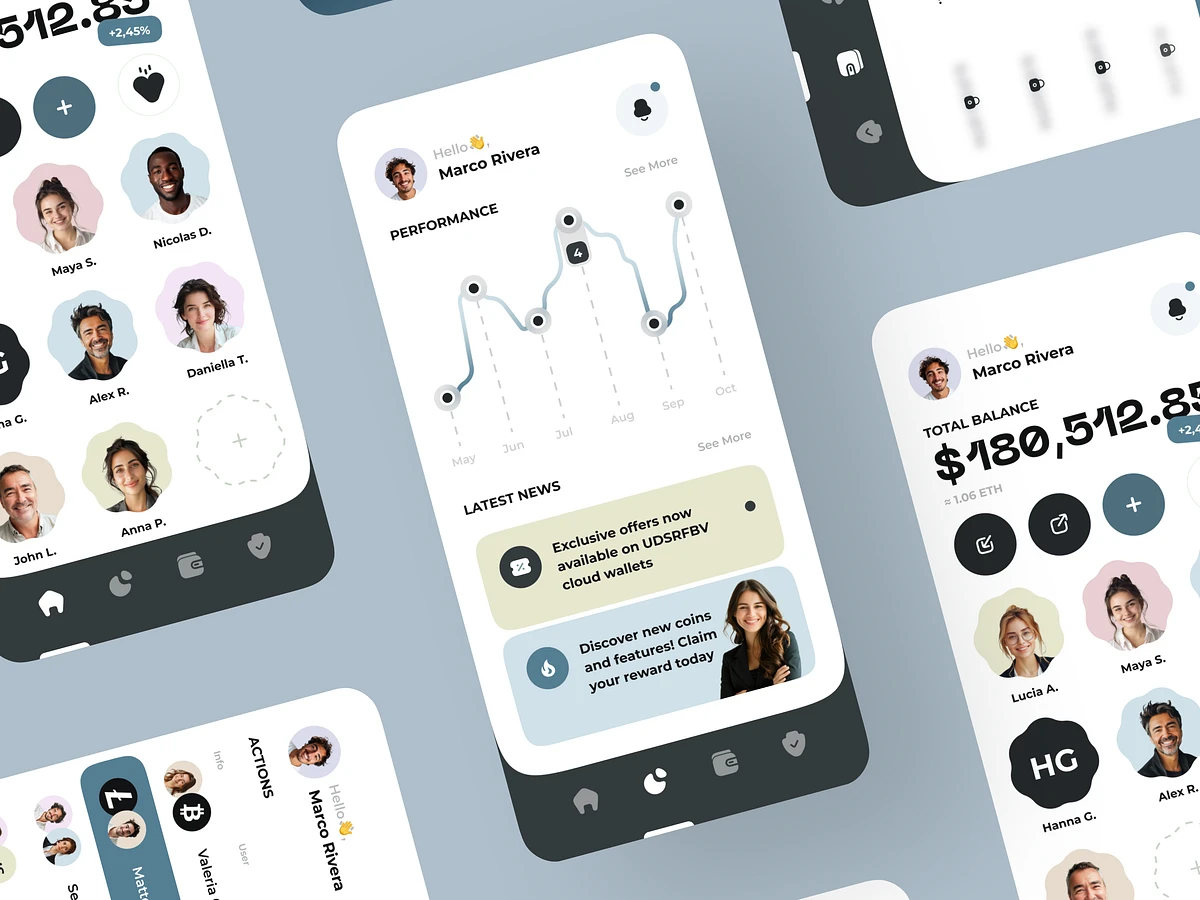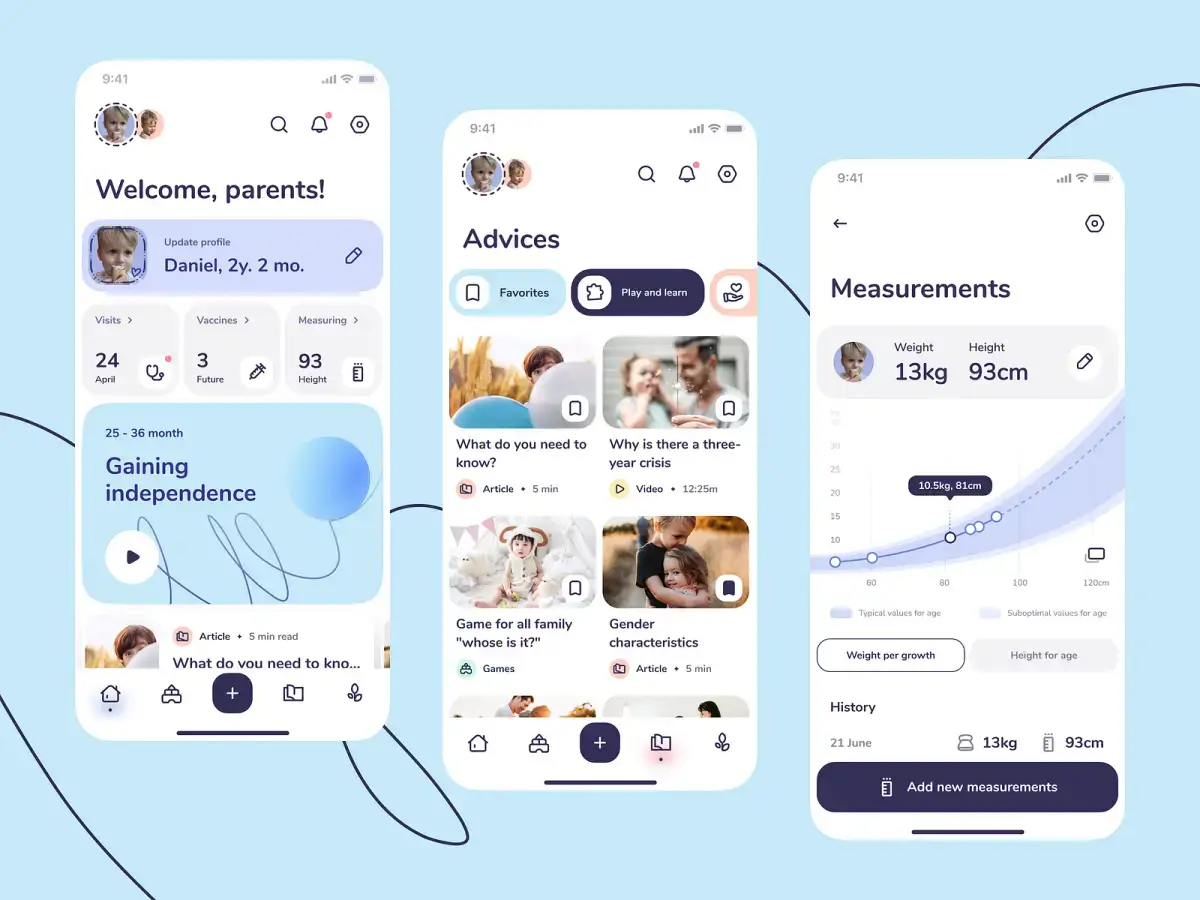How to Build an MVP That Fits Your Market’s Needs
- TECHVIFY Team
- 0 Comments
In software development, understanding customer needs is the cornerstone of success. Surprisingly, the leading cause of startup failure is the absence of market demand—a fact backed by Statista. Imagine you have an innovative idea for a software product. How can you ensure it resonates with your target audience? The answer lies in a strategic approach: the Minimum Viable Product (MVP).
The MVP is a key stage, it allows you to validate your assumptions rapidly and cost-effectively—a crucial advantage when every dollar and day matters in a startup’s lifecycle. Moreover, the MVP serves as a safety net, mitigating risks by ensuring your idea aligns with market needs before you dive into full-scale development.
This guide explores how to build an MVP, its purpose, and why it’s essential for modern software development.
I. The Main Purpose of Building an MVP
The primary goal of an MVP is to launch a functional product swiftly with minimal investment while gathering feedback to guide further development. By starting small, businesses can learn how to build a minimum viable product and:
- Identify the Right Audience: Validate your product’s appeal to the intended user base.
- Save Time and Resources: Avoid investing heavily in features or functionalities that users don’t need.
- Iterate Based on Real Feedback: Collect insights that influence future improvements, ensuring the product evolves effectively.
Build a minimum viable product
Statistics underscore the importance of an MVP for startups:
- 29% of startups fail because they run out of cash.
- Properly scaled startups grow 20 times faster than those that scale prematurely.
Launching an MVP can address these challenges, providing multiple advantages, including:
-
Prototyping for Clarity
Learning how to create an MVP allows businesses to offer a visual and functional starting point for stakeholder discussions, setting clear expectations and aligning visions. -
Validating Ideas
Sharing the MVP with potential users helps identify unforeseen issues and ensures the product aligns with user expectations. -
Building Momentum
After refining the concept, moving forward with a polished version becomes more achievable and motivating.
When building an MVP, businesses must focus on two critical aspects:
-
Business and Marketing Insights
MVPs enable businesses to test marketing strategies, identifying the most effective platforms and methods to promote the product. -
Proof of Concept
By creating a feature-light version of the product, businesses gain essential technical insights that inform the development of unique, scalable solutions.
Learn More On:
II. How to Build An MVP: 7 Essential Steps
Understanding how to build an MVP isn’t too different from standard software development. The process follows familiar steps, but the focus here is speed, simplicity, and a clear goal: getting to market quickly to test ideas, attract early users, and achieve product-market fit.
Let’s break down the MVP development process step by step so you’re ready to tackle potential challenges head-on.
Step 1: Define the Problem
Learning how to build an MVP all starts with identifying a problem worth solving. Sounds easy, right? But pinpointing the right problem takes some effort.
Here’s how you can uncover it:
- Industry expertise: If you’re a pro in a specific field, you’re likely aware of common issues. For instance, real estate professionals know that unappealing property photos can slow down sales.
- Dissatisfaction with current solutions: Sometimes, innovation begins when existing products leave something to be desired. Question what’s out there—your critique might reveal a golden opportunity.
- Feedback from others: Maybe someone pointed out an issue they’re facing. While this is a good start, you’ll need to verify the problem’s significance and whether enough people are searching for a solution.
The bottom line? Validating your idea before diving into development saves time and money—and ensures there’s actual demand for your MVP.
Build MVP project
Step 2: Research the Market
Once you’ve identified the problem, dive into market research. Did you know that 42% of startups fail because there’s no market need for their product? That’s a stat you don’t want to ignore.
Here’s what to focus on:
- Analyze competitors.
- Identify your target audience.
- Estimate your market size.
This step helps you confirm there’s a paying audience big enough to justify moving forward.
Step 3: Prototype Your Solution
Before jumping straight to your MVP, start with a prototype. Think of it as a rough draft that lays out your product’s design and functionality. It’s a cost-effective way to gather feedback and refine your ideas.
In the process of learning how to build MVP projects, prototypes can take various forms, like sketches, wireframes, or simple paper mockups. This stage is critical for validating your user interface (UI) and user experience (UX) before committing resources to full development.
Remember the Apple Lisa? Skipping the prototyping phase contributed to its failure. Lesson learned: don’t skip this step.
Step 4: Prioritize Features
With your prototype in hand, it’s time to narrow down your MVP’s features. The key here is to keep things simple. Your MVP should focus solely on core functionality—nothing more, nothing less.
One great way to prioritize is using story mapping. Map out your user journey horizontally and stack features vertically by priority. This gives you a clear picture of which features are essential and which can wait for later updates.
Step 5: Build Your MVP
Now comes the main event—development. When learning how to build an MVP, the goal is to strike a balance between simplicity and professionalism. Your MVP should be polished enough for users to appreciate its value but not overloaded with unnecessary features.
Remember, there are different types of MVPs, so the scope and timeline will depend on what kind you’re building. Keep it bug-free and user-friendly to make a strong first impression.
Step 6: Gather Feedback
Once your MVP is live, start collecting feedback as soon as possible. Traditional methods like user interviews and surveys work well but don’t shy away from tools like FeedBear to streamline the process.
ake the Nomad real estate app, for example, which illustrates the value of understanding how to create an MVP during the early stages. By conducting user interviews during development, the team identified exactly what their audience wanted and tailored the app accordingly. Direct engagement with users pays off big time.
The sooner you gather feedback, the faster you can refine your MVP to meet user needs.
Step 7: Iterate and Improve
Your MVP isn’t the end—it’s just the beginning. Use the feedback you’ve gathered to iterate continuously. Test changes, refine features, and keep evolving until you’ve created something users can’t live without.
Pro tip: Market research doesn’t stop when development starts. Keep an ear to the ground to ensure you’re always in tune with user needs.
Have a Project Idea in Mind?
Get in touch with experts for a free consultation. We’ll help you decide on next steps, explain how the development process is organized, and provide you with a free project estimate.
III. The Different Types of MVPs You Need to Know
Now that you’re familiar with the steps to build an MVP app, let’s dive into another crucial aspect: the various types of MVPs. That’s right—MVPs aren’t one-size-fits-all. They come in multiple formats tailored to different business needs. Knowing these types will help you identify which approach best fits your situation.
Types of MVPs
Broadly, MVPs can be divided into two categories: low-fidelity MVPs and high-fidelity MVPs.
- Low-fidelity MVPs are the early versions of a product aimed at validating the core idea without full-scale development. Examples include landing pages and pre-order campaigns.
- High-fidelity MVPs, on the other hand, are more advanced and functional, offering a closer experience to the final product. These include types like concierge MVPs, Wizard of Oz MVPs, and single-feature MVPs.
Landing Page MVP
This is as straightforward as it sounds—a landing page that highlights the benefits of your product while encouraging visitors to act, either by purchasing directly or signing up for updates.
Landing page MVPs allow businesses to gauge customer interest quickly. Plus, collecting email addresses helps establish direct communication with potential users, offering insights into their preferences and behaviors. This data is invaluable for refining your product before launch.
Pre-Order MVP
The pre-order MVP functions like a crowdfunding model, where customers commit to buying a product before it’s built. It’s especially useful for projects requiring substantial upfront investment.
For instance, think about pre-order campaigns for video games. These not only generate funds to support production but also validate market demand early on.
Single-Feature MVP
Focused and effective, a single-feature MVP hones in on delivering just one core functionality of your product idea to gauge user interest and feedback.
Take Uber’s first iteration as an example. The MVP had one job: connecting cab drivers with iPhone users in San Francisco while enabling credit card payments. This simplicity was enough to test whether people were ready for a radically different taxi experience.
Concierge MVP
Unlike automated solutions, a concierge MVP involves manually solving customer problems. The customer is aware that no technology powers the service; instead, human effort does the job.
For example, before launching a travel-planning app, you could manually organize itineraries for travelers. This method gives businesses firsthand insights into customer needs, ensuring a more targeted and successful product when automated later.
Learn More On:
IV. Development Mistakes to Avoid While Building an MVP
MVP (Minimum Viable Product) development is a crucial process for businesses to validate their ideas while minimizing time and cost. However, common mistakes during this phase can lead to setbacks or even failure. Here are five critical errors to avoid when building an MVP:
1. Picking the Wrong Problem to Address
Before you dive into development, it’s essential to validate whether your product addresses a genuine and pressing problem. Ask yourself these questions:
- Who is this for?
- What problem will this solve?
- Is the solution practical and effective?
Trying to target everyone often leads to reaching no one. Businesses must clearly identify their audience and ensure their idea truly addresses their pain points. A great product starts with solving the right problem for the right people.
2. Overlooking the Importance of Prototyping
Rushing into development without a prototype is like building a car without blueprints—it’s bound to hit roadblocks. Prototyping bridges the gap between an idea and a working product by focusing on visualizing and refining user experience. Think of it as a mini-MVP that ensures your product concept is viable and user-friendly before you commit to full development.
3. Testing with an Incorrect User Group
Validating your MVP through feedback is critical, but gathering insights from the wrong audience can derail your efforts. Avoid relying on friends or relatives unless they fall within your target customer base. Instead, focus on gathering feedback from actual users who are likely to benefit from your product.
For example, Nike improved its product by addressing usability issues based on consumer feedback during prototyping. This iterative feedback loop is crucial for creating an intuitive and market-ready MVP.
4. Using an Ineffective Development Approach
Selecting the wrong development methodology is a common pitfall. While the Waterfall method follows a linear approach, Agile development emphasizes flexibility, iterative improvements, and quicker market entry. Agile’s adaptability makes it better suited for MVP development, ensuring continuous enhancements based on real-world feedback.
5. Misunderstanding Qualitative and Quantitative Feedback
Qualitative and quantitative feedback are two vital methods for collecting data from your target users. However, relying solely on one while neglecting the other can prevent your business from reaching well-rounded conclusions, leading to missed opportunities for improvement.
Both types of feedback play distinct roles, and balancing them is key to making informed decisions:
- Qualitative feedback focuses on the quality and user-friendliness of your product’s features. It helps assess specific UI/UX challenges and offers insights into usability from a user-centered perspective. Developers can use it to identify and address problematic design elements.
- Quantitative feedback, on the other hand, involves measurable metrics like task success rates, error counts, or time taken to complete specific actions. It indirectly evaluates usability through statistical data, offering a clear picture of performance trends over time.
Here’s a comparison:
| Concern | Qualitative Feedback | Quantitative Feedback |
|---|---|---|
| Questions answered | Why? | How many and how much? |
| Goals | Formative and summative: Inform design decisions, identify usability issues, and find solutions for them. | Summative: Evaluate usability, track trends, compare with competitors, and compute ROI. |
| When it is used | Anytime during a redesign or with a final product. | During the evaluation of a working product. |
| Outcome | Based on impressions and interpretations. | Provides statistically meaningful, replicable results. |
The ideal approach is to combine these methods into a “Triangulation Feedback” strategy, which aggregates insights from both types to provide a comprehensive view. This technique not only enhances your confidence in the product’s success but also minimizes risks by cross-verifying conclusions.
By blending qualitative and quantitative feedback effectively, businesses can make smarter adjustments and increase the likelihood of their product resonating with the target audience.
Conclusion
Understanding how to build an MVP is more than just understanding a development phase—it’s your opportunity to validate ideas, refine concepts, and connect with the right audience. By following a structured approach, you ensure your product aligns with market needs, saving time, resources, and effort. From prototyping to gathering feedback, each step plays a pivotal role in delivering a user-focused product that drives real results.
If you’re ready to transform your innovative idea into a tangible MVP, TECHVIFY can guide you every step of the way. Reach out to us today for a free consultation and discover how our development expertise can bring your vision to life.
TECHVIFY – Global AI & Software Solutions Company
For MVPs and Market Leaders: TECHVIFY prioritizes results, not just deliverables. Reduce time to market & see ROI early with high-performing Teams & Software Solutions.
- Email: [email protected]
- Phone: (+84)24.77762.666




